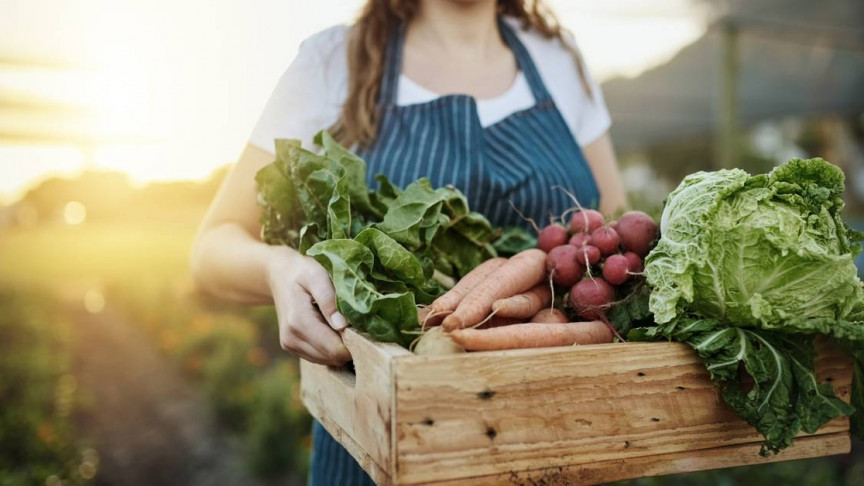We’ve all seen how a pandemic affects people’s purchasing habits – take toilet paper for example, or hand sanitizers, or cleaning agents. People hoard as if filling up their supply rooms in their imaginary bunkers. Hoarding is never a good thing and only worsens the shortage of products that already have a limited production.
Speaking of hoarding, you may want to try stuffing your tummy with delicious food at Aria Buffet or MGM buffet.
The first to get clean on shopping aisles were mostly disinfectants, as news outlets and health experts reiterated on the importance of washing hands and cleaning surfaces. Sure, it wasn’t Black Friday, and people minimized contact via social distancing and equipping face masks, but people lined up outside Walmarts and Targets and endured the weather just to get their share of supplies.
The FAO ( Food and Agriculture Organization of the United Nations) have listed some key food products that have been directly impacted by the COVID-19 pandemic. Cereals were cited to have a stable supply and demand and they estimated that production of this breakfast commodity is set to surpass 2020’s record of 2.6%.
On the other hand, meat will see a decrease by fall of 1.7% due to animal diseases and COVID-19 market disruption. International meat trade is expected to progress, albeit a slower rate, and the main exporter will be from China. Prices for meat have fallen by 8.6% since January of last year.
The FAO also forecasts decrease in the demand for seafood products, particularly due to its perishable nature. Global shrimp and salmon products are expected to have further slowed productions and farming in Asia for seafood will be delayed until June or July. India will also expect a drop of 30 to 40%.
For the first time in three years, there will be a global deficit in sugar production. This decline has started since mid 2017 and will not see recovery in growth anytime soon.
World milk production is somewhat resistant to the changes in the market but is expected to fall by 4%. For growth, a 0.8% increase is expected.
For most of these products, a decline in production will be observable. However, the agricultural section has shown resilience to the global pandemic.
Recent developments in food science will ensure that there will be a steady supply of alternatives to meat. With meat production heavily affected by the pandemic, scientists are turning to plant-based options. Bioreactor meat is made by cultivating animal or fish cells in a nutrient bath, resulting in a synthetic meat. Some have taken a look into reducing meat consumption and are considering insect-based diets that can also be a good protein source. Ground crickets, anyone?
But the pandemic has also allowed ecological systems to recover. A reduction in the production of pollutants due to industries halting operations had very significant effects on the biosphere. Small- scale farmers have increased their efforts to deliver organic and local food, employing technology as a medium for transporting goods, and using the Internet as an advertising platform. Away from farms, fishing fleets have stalled their activities which will allow time for different fish populations to recover. In European waters, herrings will double their populations.
Coastlines have also allowed sea turtles to lay eggs such as the case in Bay of Bengal, and the vehicular collisions with forest wildlife like bears, elk, deer, and mountain lions have dropped by 58% in the United States.
What this means is that ecological systems are stabilizing and surrounding plant life in available resources will gain normalcy.
But after the pandemic, humanity as a collective will try to gather these renewed resources. A significant part of the population has temporarily employed micro- agriculture to compensate for the lack of access to food products. Some startups have focused on capitalizing modular farming as opposed to widespread farming practices with the intent of providing consumers steady supply while addressing the ongoing problem of increased global carbon footprint.
So humanity is not going to starve. We have decreased production of some food products but the big hurdle is how the rest of the population has access to it. With the help of technology, this should not be a difficult problem to solve.
A post-apocalyptic Hunger Games future is nowhere near happening. Although we’d appreciate it if people volunteered to help each other out.
